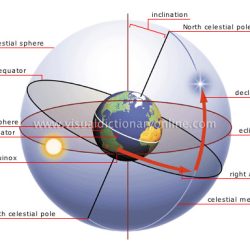Climatologists are of the opinion that the quantity of rains have not come down in Kerala. On the other hand, rainy days have declined. Now there are fierce downpours and sunny interludes. Fierce rains are defined as rains which give 20 cms of rain in one hour. Such fierce rains have increased and sunny days have also increased. This Climate Change is caused by Global Warming.
In 2008, in Kuttanad, such rains created havoc, destroying crops. Such rains continued this year, during both the Monsoons, the North East and the South West. Depressions caused these rains. The snowfall in Idukki caused destruction in cardamom crops. Climatologist view these happenings as unnatural phenomena. During some years, the intensity of the South West Monsoon becomes less. Not only Kerala, but Jharkhand, Chattisghand are also adversely affected.
It is said the dogs need not check the Astro Calender to know which is the sidereal month of Virgo or Kanya. It is also proof that time for procreation and Climate are interlinked. Kanya or the sidereal month of Virgo is the interlude between the two major monsoons and is devoid of rains. Less daylight and more the duration of night characterise this sidereal month. This is the month dogs find it easy to mate. This month stimulates the procreational urge in dogs and they instinctively that this is the month for mating. The cause is attributed to the Bio Clock mechanism in dogs. Female dogs give birth only after 60/70 days. By that time the Kala Varsha or the Sourth West Monsoon will be over. The young ones will get the right atmosphere for growing. That is why Nature gave dogs such a benign month.
This year the Kala Varsha continued during the month of Kanya with the result the procreational cycle of dogs is adversely affected. The dogs ran here and thereby their mating declined ! The physiological processes of dogs is affected by Climate Change. Now dogs that are born have less weight and this phenomenon has been observed in Alsation dogs particularly.
The intensity of the rains have increased with the result fierce rains wreaked havoc on Agriculture. The rainwater does not seep through the earth and hence there are less wells and water reservoirs. Floods have increased considerably.
Another phenomenon is the retreat of the monsoons. In July/ August of 2002, less rains caused draught. It used to be 21% rainfall during June, 33% in July, 28% in August and 18% in Sep.
Now Climate Change has changed all that. More sunny interludes have been reported in July. This phenomenon has increased by 30% due to the the wind waves of the South West Monsoon going to the bottom of the Himalayas.
For the last 15 years, oreographic precipiation or rains in the hilly areas, have declined by 20%. Lesser and lesser amount of rains are reported every year.
Deforestation is the cause for less rains in Peerumedu and Nerumangalam. The mountains do block the cold wind waves coming from the Indian Ocean and cause precipitation.
In short, Global Warming’s repercussions on Climate can be drastic. We hope furthur negative reports do not come from the Climatologists !

